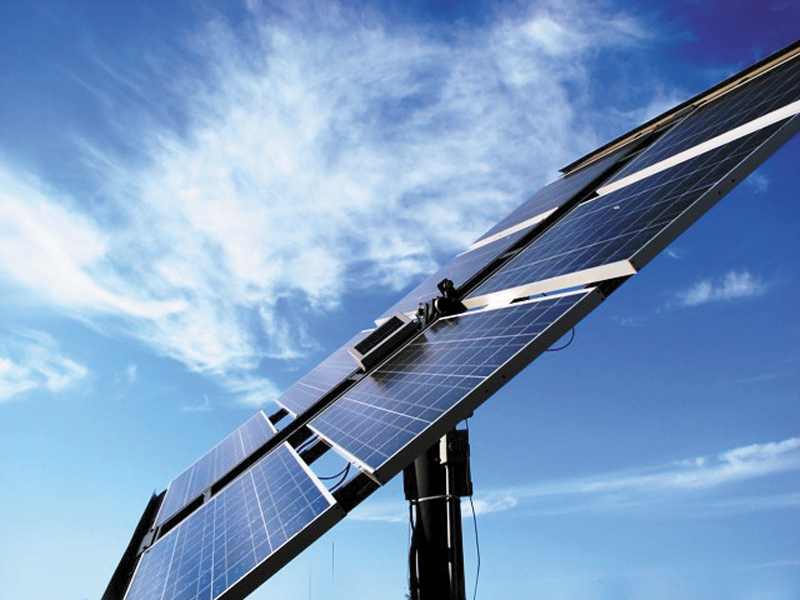
According to an official, the directive came in a high-level meeting held some time ago where the premier was informed that a few companies had approached the Punjab government with the intention of installing solar power plants and generating electricity at 6.5 cents per unit.
Pakistan setting up world's largest solar park

The proposed price was far lower than the tariff of 10.8 cents set by the National Electric Power Regulatory Authority (Nepra).
Finance Minister Ishaq Dar also emphasised that proposals for the 600MW solar power plants could be pursued.
The prime minister told an official of the Ministry of Water and Power to coordinate with the Punjab government and draw up proposals for the potential investors.
Earlier in a meeting, the power ministry had proposed that the share of renewable energy should be capped at 10% of the installed capacity as solar and wind power projects operated at much lower efficiency levels and created problems for the national power grid.
However, attention was drawn to the increasing interest of provinces in generating renewable energy.
The Sindh government has issued 51 Letters of Intent (LOIs) for the installation of wind power plants in the province whereas Punjab is in the process of issuing the LOIs.
According to a senior official of the power ministry who was aware of the development, the meeting was informed that power production would be in surplus in 2022, therefore, the ministry wanted to place a cap on the consumption of imported fuels in electricity generation.
“With the addition of new dams and utilisation of Thar coal, the reliance on imported fuels could be reduced,” he said.
The official said total power generation capacity stood at 20,857MW in 2016 and with the addition of 12,267MW by 2018, the capacity would go up to 33,124MW. It will be enhanced further to 51,694MW by 2022.
AEDB pursuing 35 solar PV power projects
In the current 20,857MW power-generation capacity, the share of hydroelectric power was 34%, furnace oil-based electricity 29%, locally produced gas 19%, liquefied natural gas (LNG) 8%, renewable and nuclear energy 5% each.
In 2018, hydroelectric power will contribute 30% of installed capacity, furnace oil 18%, LNG 16%, locally produced gas 12%, imported coal 10%, renewable energy 8%, nuclear energy 4% and locally produced coal 2%.
In 2022, hydroelectric power will contribute 36% of energy, furnace oil 12%, LNG 10%, renewable and nuclear energy 9% each, locally produced gas 8%, locally produced coal 8% and imported coal 8%.
Published in The Express Tribune, January 18th, 2017.
Like Business on Facebook, follow @TribuneBiz on Twitter to stay informed and join in the conversation.













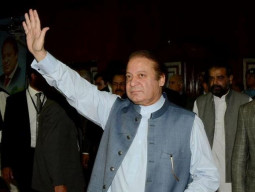
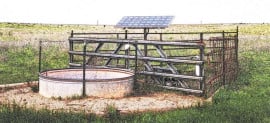
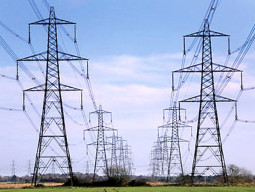

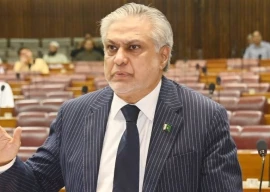
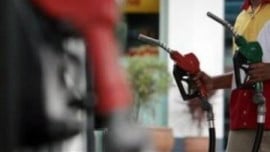

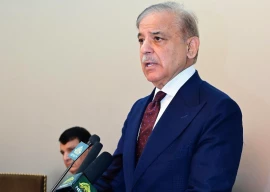












1714024018-0/ModiLara-(1)1714024018-0-270x192.webp)









COMMENTS (2)
Comments are moderated and generally will be posted if they are on-topic and not abusive.
For more information, please see our Comments FAQ